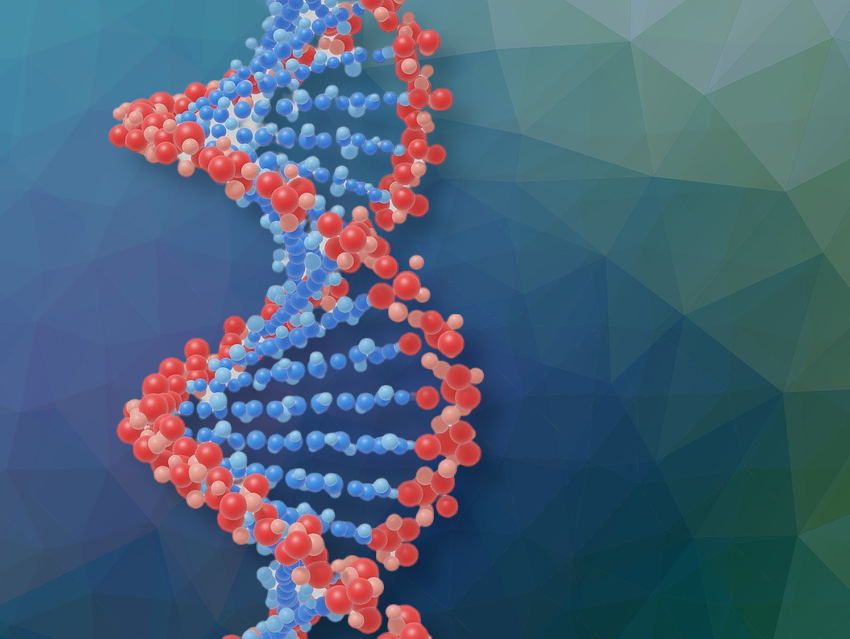CRISPR-Cas has made genome editing a standard method in molecular biology research and application. To modify sections of DNA using CRISPR-Cas, the DNA is cut with the help of enzymes (endonucleases) and reassembled by the cell’s own repair mechanisms. Errors occur from time to time, so researchers are working to improve genome editing tools.
Silvana Konermann, Arc Institute, Palo Alto, and Stanford University School of Medicine, CA, USA, and Patrick D. Hsu, Arc Institute, and University of California, Berkeley, CA, USA, and colleagues have developed a tool that relies on transposons, so-called jumping genes allowing long DNA sequences to be inserted, reversed, or deleted at specific genomic locations without cutting the DNA. Unlike CRISPR-Cas, this method uses the IS110 transposase and a customizable bridge-RNA (bRNA) that binds to both the target genome and the DNA sequence to be inserted. This dual recognition allows the bRNA to precisely align the insertion DNA with the target site. Once it is bond to both, it brings in a the enzyme DNA recombinase. It helps insert the new DNA into the target spot without having to cut through the DNA strands.
This method could potentially be adapted for use in other organisms beyond Escherichia coli, offering a potential new way to introduce long sequences into the genomes of human cells and crops. However, significant technical modifications may be necessary to apply this bacterial system effectively in eukaryotic cells.
- Bridge RNAs direct programmable recombination of target and donor DNA,
Matthew G. Durrant, Nicholas T. Perry, James J. Pai, Aditya R. Jangid, Januka S. Athukoralage, Masahiro Hiraizumi, John P. McSpedon, April Pawluk, Hiroshi Nishimasu, Silvana Konermann, Patrick D. Hsu,
Nature 2024, 630, 984–993.
https://doi.org/10.1038/s41586-024-07552-4 - Structural mechanism of bridge RNA-guided recombination,
Masahiro Hiraizumi, Nicholas T. Perry, Matthew G. Durrant, Teppei Soma, Naoto Nagahata, Sae Okazaki, Januka S. Athukoralage, Yukari Isayama, James J. Pai, April Pawluk, Silvana Konermann, Keitaro Yamashita, Patrick D. Hsu, Hiroshi Nishimasu,
Nature 2024, 630, 994–1002.
https://doi.org/10.1038/s41586-024-07570-2




